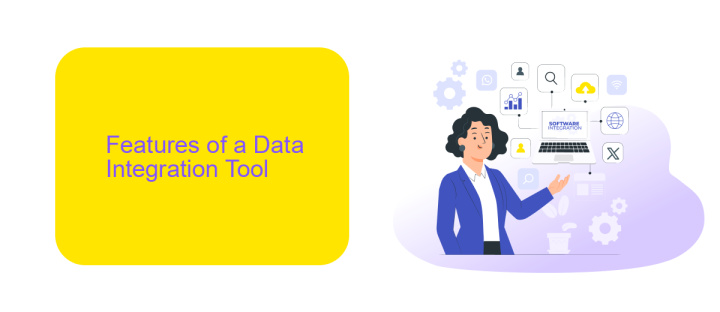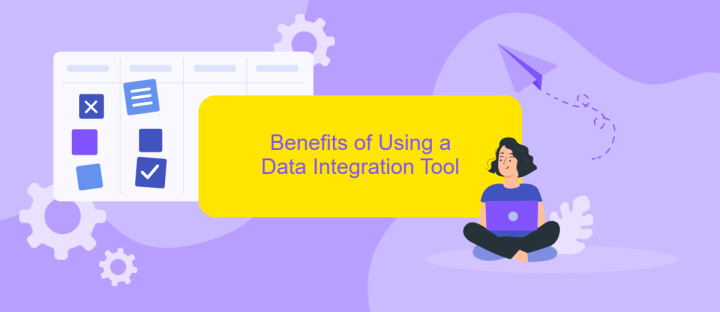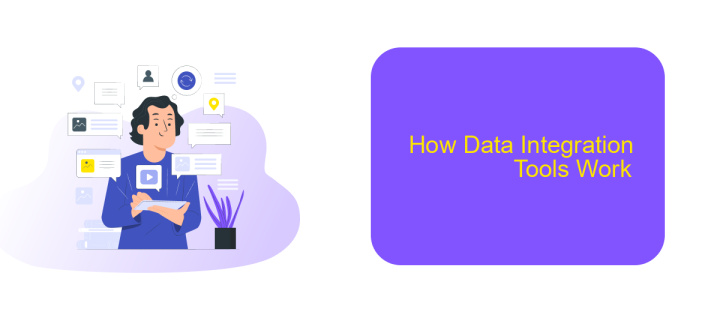What is Data Integration Tool
Data integration tools are essential software solutions designed to combine data from different sources into a unified view. These tools streamline the process of data consolidation, ensuring that information is accurate, consistent, and accessible for analysis and decision-making. By leveraging data integration tools, organizations can enhance their data management capabilities, improve operational efficiency, and gain valuable insights from their data assets.
What is Data Integration Tool
Data integration tools are essential for combining data from different sources into a unified view, enabling organizations to streamline their operations and make informed decisions. These tools extract, transform, and load (ETL) data from various databases, applications, and systems, ensuring consistency and accuracy across the board.
- Data Extraction: Pulling data from multiple sources such as databases, APIs, and flat files.
- Data Transformation: Converting extracted data into a usable format, including cleaning, mapping, and aggregating.
- Data Loading: Inserting transformed data into a target system, such as a data warehouse or another database.
One of the effective tools in this domain is ApiX-Drive, which simplifies the integration process by offering a user-friendly interface and pre-built connectors for various applications. It allows businesses to automate data workflows without extensive coding, making it easier to manage and synchronize data across different platforms. By leveraging such tools, organizations can enhance their data management capabilities and drive better business outcomes.
Features of a Data Integration Tool

A robust data integration tool offers a variety of features designed to streamline the process of combining data from different sources. One of the key features is the ability to connect with multiple data sources, including databases, cloud services, and APIs. This ensures that organizations can easily aggregate data from various platforms without manual intervention. Additionally, these tools often provide real-time data synchronization, ensuring that the integrated data is always up-to-date and accurate.
Another important feature is the user-friendly interface that allows for easy configuration and management of data integration workflows. Tools like ApiX-Drive excel in this area by offering a no-code platform where users can set up integrations through a simple drag-and-drop interface. Moreover, advanced data transformation capabilities enable users to clean, enrich, and map data as it moves between systems, ensuring consistency and reliability. Error handling and monitoring features are also crucial, providing alerts and logs to quickly identify and resolve any issues that may arise during the integration process.
Benefits of Using a Data Integration Tool

Using a data integration tool offers numerous advantages for businesses of all sizes. These tools streamline the process of combining data from different sources, ensuring that information is accurate and up-to-date. This not only saves time but also reduces the risk of errors that can occur with manual data handling.
- Efficiency: Data integration tools automate the data merging process, freeing up valuable time for employees to focus on more strategic tasks.
- Accuracy: Automated tools minimize human error, ensuring that data is consistent and reliable across all platforms.
- Scalability: These tools can handle large volumes of data, making them suitable for growing businesses.
- Real-time Data: Integration tools like ApiX-Drive provide real-time data updates, allowing businesses to make informed decisions quickly.
- Cost-Effective: By reducing the need for manual data entry, businesses can save on labor costs and increase overall productivity.
Incorporating a data integration tool such as ApiX-Drive can significantly enhance your business operations. It simplifies the integration process, allowing seamless data flow between various applications and systems. This leads to improved decision-making, better customer insights, and ultimately, a more efficient and effective business model.
How Data Integration Tools Work

Data integration tools are essential for combining data from different sources into a unified view. These tools work by extracting data from various databases, applications, and systems, transforming it into a consistent format, and loading it into a target system such as a data warehouse or a business intelligence platform.
The process typically involves several steps: data extraction, data transformation, and data loading (ETL). During extraction, data is collected from multiple sources. Transformation involves cleaning, mapping, and converting data into a usable format. Finally, data is loaded into a destination system for analysis and reporting.
- Data Extraction: Collecting data from various sources.
- Data Transformation: Cleaning and converting data into a consistent format.
- Data Loading: Moving the transformed data to a target system.
Tools like ApiX-Drive simplify this process by providing a user-friendly interface to set up integrations without coding. ApiX-Drive supports multiple data sources and destinations, automating the ETL process and ensuring data consistency and accuracy. This allows businesses to focus on analyzing data rather than managing complex integrations.
- Automate the work of an online store or landing
- Empower through integration
- Don't spend money on programmers and integrators
- Save time by automating routine tasks
Choosing the Right Data Integration Tool
Choosing the right data integration tool is crucial for ensuring seamless data flow across your organization. First, assess your specific needs and requirements, such as the types of data you need to integrate, the volume of data, and the frequency of updates. Consider whether the tool supports various data sources and formats, and if it offers real-time processing capabilities. Additionally, evaluate the ease of use and the level of technical expertise required to operate the tool.
Another important factor is scalability. As your business grows, your data integration needs will evolve, so select a tool that can scale with your operations. Cost is also a critical consideration; compare the pricing models of different tools to find one that fits your budget without compromising on essential features. Tools like ApiX-Drive can be particularly useful, as they offer a user-friendly interface and robust support for a wide range of data sources, making it easier to set up and manage integrations without extensive technical knowledge.
FAQ
What is a Data Integration Tool?
Why is Data Integration important?
How does a Data Integration Tool work?
What are the key features of a good Data Integration Tool?
Can Data Integration Tools be used for automation and setting up integrations?
Time is the most valuable resource for business today. Almost half of it is wasted on routine tasks. Your employees are constantly forced to perform monotonous tasks that are difficult to classify as important and specialized. You can leave everything as it is by hiring additional employees, or you can automate most of the business processes using the ApiX-Drive online connector to get rid of unnecessary time and money expenses once and for all. The choice is yours!


